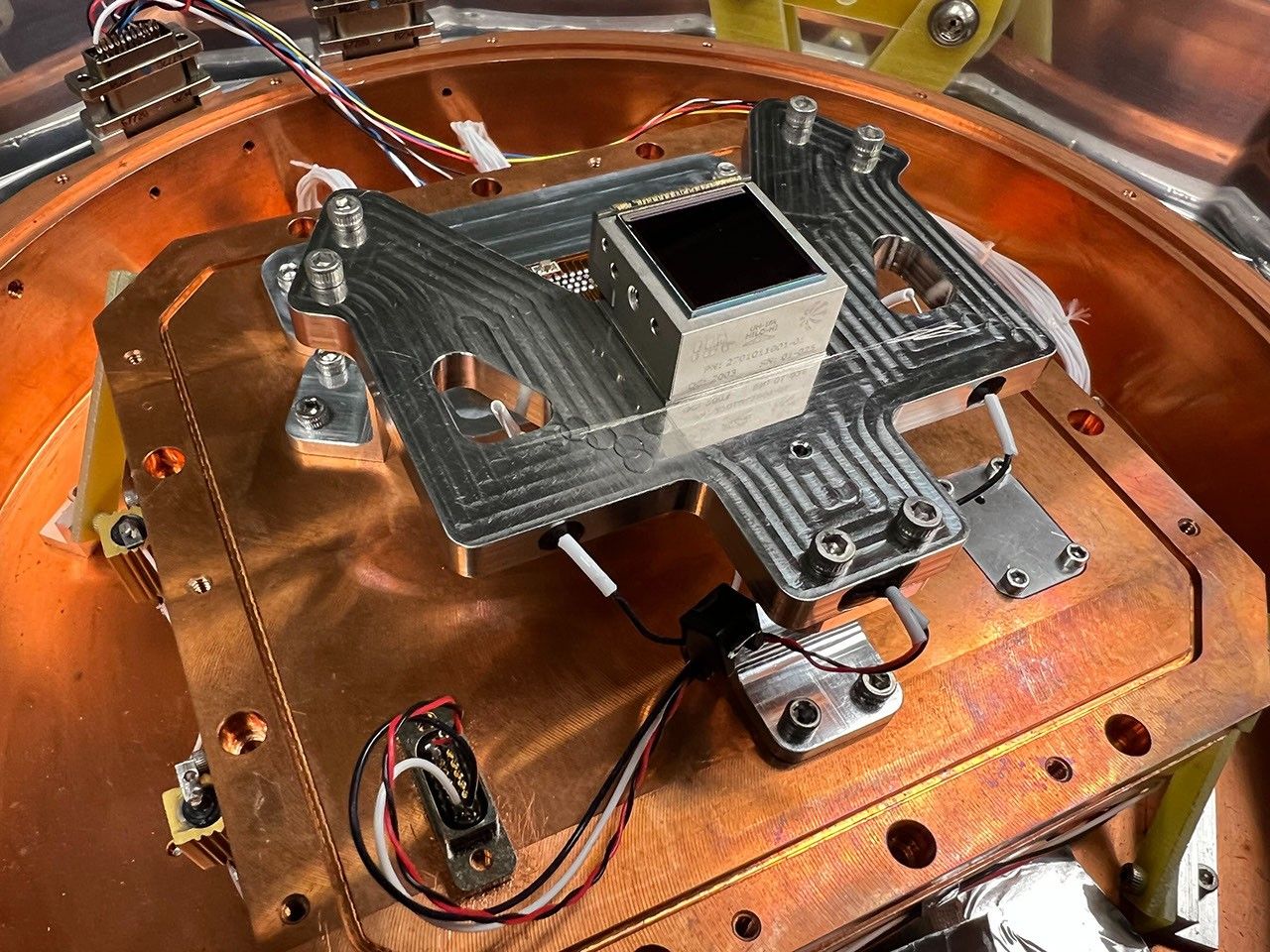Nasa
2M
408

Image Credit: Nasa
Ultra-low-noise Infrared Detectors for Exoplanet Imaging
- Direct imaging and characterization of Earth-like exoplanets are key to understanding their potential habitability, but come with extreme technical challenges due to the faintness of planetary light and proximity to their parent stars.
- Ultra-sensitive detectors are essential for capturing the low level of light emitted from exoplanets, particularly in the infrared spectrum where biosignature gases have significant effects.
- Researchers at the University of Hawai’i are developing avalanche photodiode arrays as highly sensitive detectors, with signal amplification reducing noise levels for improved detection capabilities.
- These detectors feature a new design with graded semiconductor bandgap, mesa pixel geometry, and read-out integrated circuit for enhanced noise performance and shorter readout times.
- Recent sensors, more than ten times larger than previous ones, with improved circuitry, have shown promising results in on-sky testing using the University of Hawai’i’s telescope.
- The next generation of sensors aims to be four times larger, meeting size requirements for future missions like the Habitable Worlds Observatory to image and characterize Earth-like exoplanets.
- Project Lead: Dr. Michael Bottom, University of Hawai’i. Sponsoring Organization: NASA Strategic Astrophysics Technology (SAT) Program.
- Efforts in developing ultra-low-noise infrared detectors are crucial for advancing exoplanet imaging and potentially discovering habitable exoplanets beyond our solar system.
- The new sensor technology has shown significant improvements in sensitivity and noise reduction, paving the way for more precise and detailed observations of distant exoplanets.
- These advancements could revolutionize our understanding of exoplanetary atmospheres and the search for potential extraterrestrial life in the universe.
Read Full Article
24 Likes
For uninterrupted reading, download the app